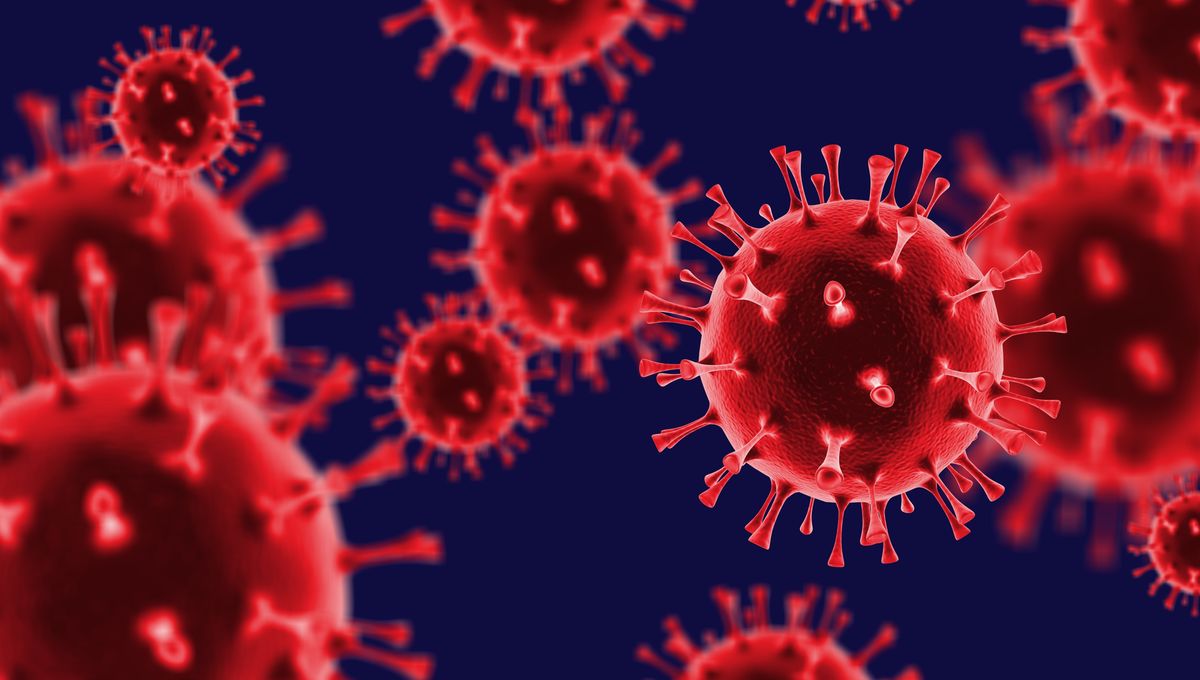
Over four years since it was officially declared a pandemic, COVID-19 is yet to be consigned to the usual gang of winter-circulating respiratory bugs. Instead, cases are currently estimated to be on the up in the US, with one variant of the virus dominating – KP.3.
“As of July 23, 2024, we estimate that COVID-19 infections are growing or likely growing in 36 states and territories, declining or likely declining in 1 state or territory, and are stable or uncertain in 5 states and territories,” said the CDC in its latest update on the state of COVID in the US.
The CDC also has a SARS-CoV-2 surveillance program that tracks the variants of the virus, the most recent data from which estimates that KP.3 is now the leading variant, accounting for 32.9 percent of cases in the two weeks leading up to July 20.
KP.3 is one of the FLiRT variants of SARS-CoV-2, first identified earlier this year. These variants are rather less saucy than they sound; the name comes from the amino acid mutations they’ve picked up in the spike protein, the part of the virus that latches onto the cells in our bodies and allows it to infect them.
The immune system can learn to recognize spike proteins – either naturally or through vaccination – and get rid of the virus, but by evolving into slightly different forms, the virus can evade destruction.
That’s why it seems like there’s a new variant every other week – KP.3 is the latest in a long line. In fact, FLiRT variants are all descended from another variant, JN.1, that popped up at the beginning of this year.
Like an unwanted gift that keeps on giving, KP.3 has also now spawned its own descendant, KP.3.1.1. It follows its relation as the second most dominant variant estimated to be circulating in the US, at 17.7 percent.
So, with cases rising, what are the signs to look out for with this particular band of variants?
The CDC’s list of possible symptoms for KP.3 is the same as those for JN.1:
- Fever/chills
- Cough
- Shortness of breath
- Fatigue
- Muscle aches
- Headache
- Loss of taste or smell
- Sore throat
- Runny nose
- Nausea/vomiting
- Diarrhea
That’s not an exhaustive list by any means. “Symptoms may change with new COVID-19 variants and can vary by person,” the CDC states. They can also appear up to two weeks after being exposed to the virus.
As for whether vaccines will be able to tackle the newer variants, it’s hoped that updated vaccines set to be released in the fall – pending FDA approval – will do the job thanks to KP.3’s lineage, as epidemiologist Adrian Esterman told Newsweek.
“[T]here will be a new vaccine available around September, based on either JN.1 or one of the FLiRT subvariants, that will give much better protection.”
Source Link: KP.3 Is The Dominant COVID Variant In The US – What Are The Symptoms?